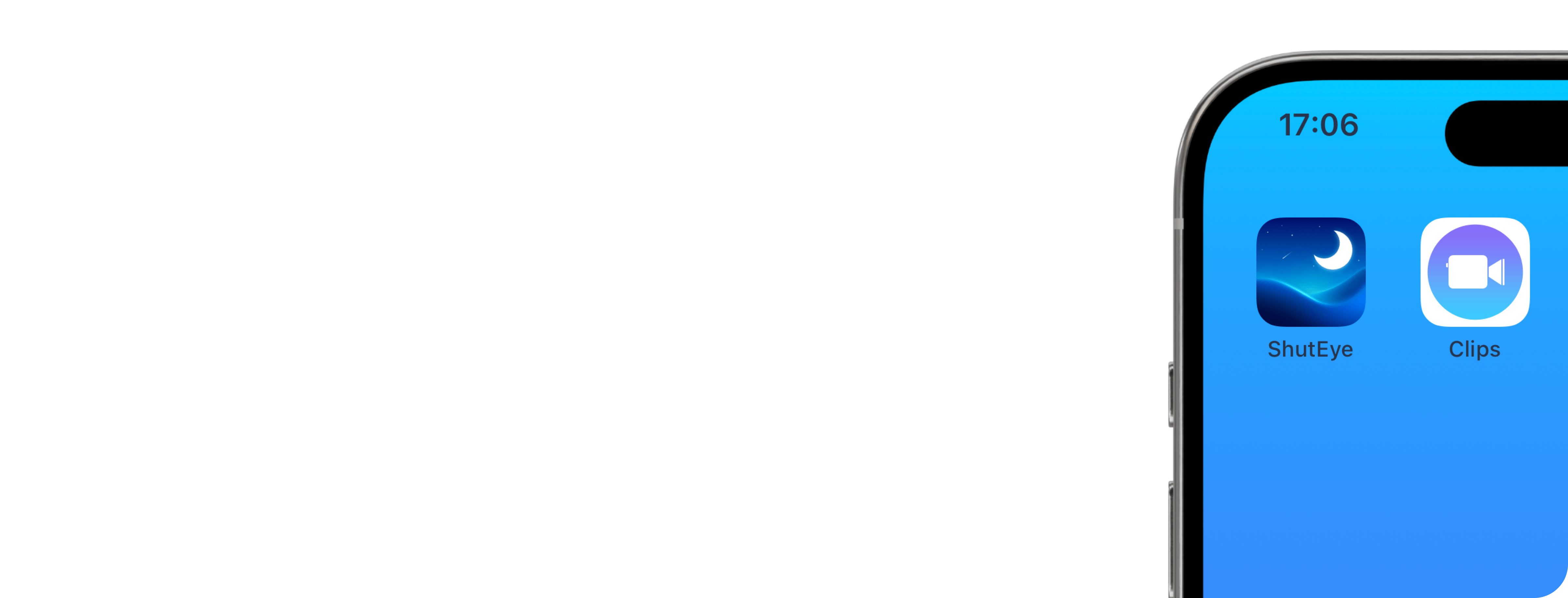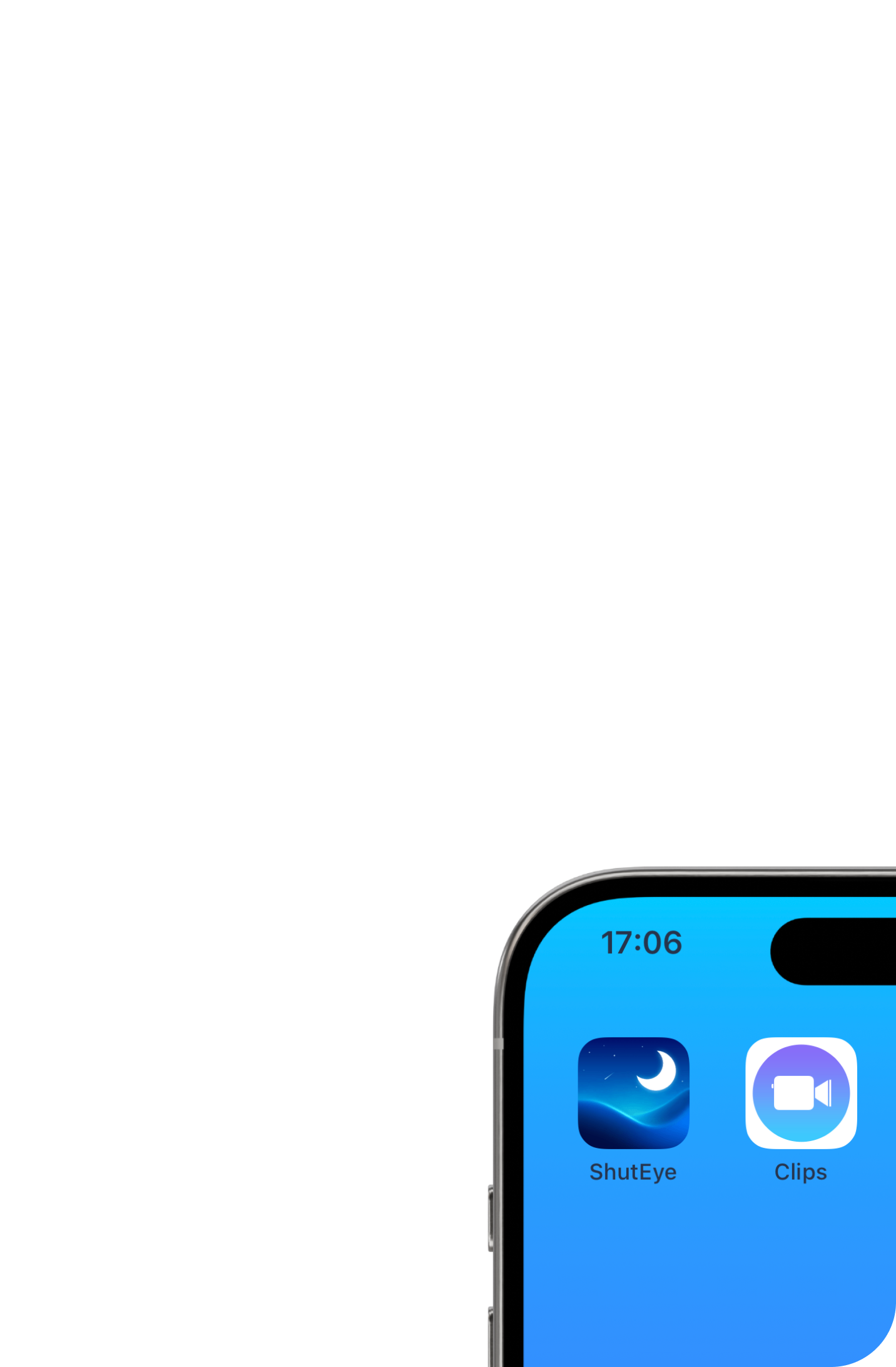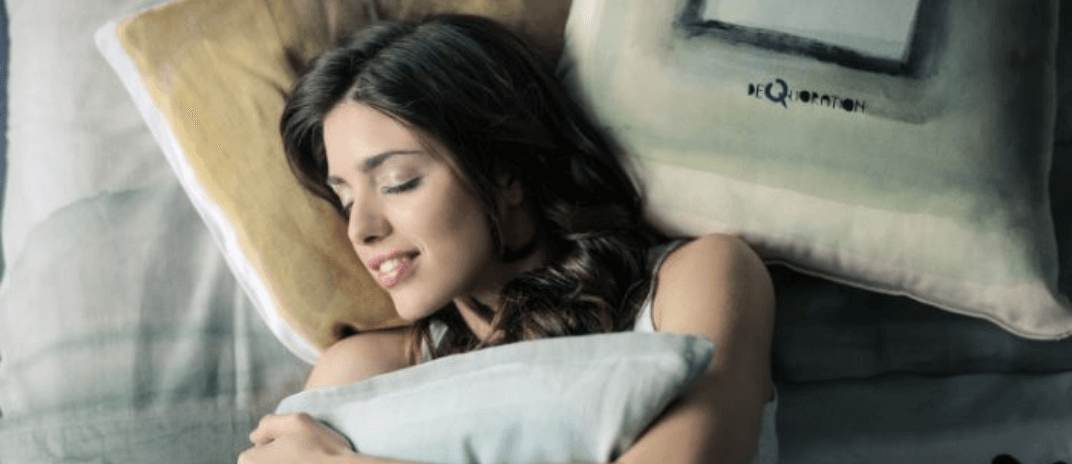




For many of us, living in a COVID-19 world feels as if we have entered into an alternative reality. Our daily life and nights are just within the same walls. Today, we dread touching groceries that arrive at our doorstep. We continuously wear masks and become anxious if we go past someone not wearing one. Primarily, COVID-19 has altered our dream worlds.
In early 2020, society quite unexpectedly experienced a dream surge: a global increase in the reporting of vivid, bizarre dreams, many associated with corona-virus and social distancing. As a dream “event,” the pandemic is unprecedented.

Many research studies found qualitative transitions in dream emotions and concerns about health. For example, dream-related studies from Brazilian adults in social isolation had high proportions of words related to anger, melancholy, contamination, and hygiene. On the other hand, text mining of accounts of 810 Finnish dreams demonstrated that most word clusters were laden with anxiousness; 55% were related to the pandemic directly. For instance, they included a lack of regard for social distancing and older adults in trouble. Furthermore, these emotions were more prevalent among people with increased stress during the day.
In a comprehensive study, the Central Institute of Mental Health, Mannheim, Germany, and Heidelberg University evaluated US adults’ responses to an online survey regarding their dreams and the COVID-19 outbreak. In this study, 3,031 Americans, including women and men, participated. The mean age of the sample comprising these participants was 49.54 years. Moreover, the ethnicities of the participants were as follows: White, Black, Hispanic, and others. Their educational background was classified into six categories. The survey outcomes indicated that those most strongly affected by the pandemic also reported the most potent effects on their dream life.

The responses for this survey were collected in May 2020. Over 1 million confirmed infections in the United States and about 80,000 COVID-19-related deaths by that time. Consequently, the lockdown was imposed nationwide, and multiple other steps were taken, including social distancing, avoiding nonessential travel, canceling global and local sports and other events, closing schools and universities, wearing face masks, etc.
The COVID-19 outbreak has become a global mental and physical health crisis, affecting everyone in the world in diversified ways,in which something are worried and unbelievable, such as your most familiar things, the dream.
Based on the continuity hypothesis of dreaming, one would expect that the pandemic also affects dreams. Therefore, it was expected that those who have been seriously affected regarding their physical and mental health and social life would report more negatively toned dreams and have more pandemic-related dreams.

The pandemic is not limited to a single discrete location but is genuinely global in scope and manifestation. It is an ongoing crisis with anxious uncertainty about the future, not limited to a single event. It involves an omnipresent threat invisible to the naked eye. Moreover, governmental efforts to contain the pandemic have required impulsive and excruciating disruptions of social behavior and individual mobility in almost all countries. Consequently, it resulted in massive transformations of daily routines like Working from Home (WFH), homeschooling, loss of jobs, financial issues, etc. ,and certainly, death, especially the one you familiar with passed away suddenly.
Integrating these invasive impacts on everyday life with the continuity hypothesis, one would expect the COVID-19 outbreak to increase disturbed sleep and nightmarish dreaming significantly. Some research have demonstrated that medical staff involved in the pandemic countermeasures are suffering often from insomnia—twice the lifetime rate among psychiatric outpatients and many times higher than that among the 5 percent or so of the general population who have nightmare disorder.In addition, the studies found that about 38% of their population-based 1,599 Chinese samples reported pandemic-related dreams and that more distressed persons were more likely to report pandemic-related dreams. Finally, first-line operations staff has described a series of patients who experienced post-traumatic symptoms based on previous traumas but were aggravated by the current COVID-19 outbreak.

The research evaluates the responses of 3,031 American adults who completed an online survey regarding their dreams during the COVID-19 outbreak. The results indicate that those most strongly affected by the pandemic also reported the most substantial effects on their dream life. For instance, they got heightened dream recall, negatively toned nightmares, and pandemic-related dreams. Furthermore, the study found pronounced adverse effects of the pandemic on dreams among women with higher levels of education. These findings support the notion that variations in the frequency, tone, and contents of dreaming can help identify potential patients who may be most at risk for mental health problems during the COVID-19 outbreak. Remarkably, younger individuals with high education were more affected by the pandemic. In addition, females were more affected than males, whereas Black persons reported less impact than White individuals.
Overall, the findings indicated that nearly 80% of participants reported the effects of the pandemic on their everyday-life. They also reported a significant increase in dream recall and more negatively toned dreams due to the pandemic and the government’s countermeasures. As mental health affected more and more individuals, they are more likely to report variations in dream life. It includes more recall, more negative dream emotions, and more likely a pandemic-related dream. Three factors might explain the significant increase in dream recall.
First, many people’s sleep patterns have transformed dramatically during the pandemic. It might be especially true among young adults, who slept longer and experienced more recall. For example, American university students’ average weekly bedtime was delayed by 30 minutes, while their wake-up time was deferred by 42 minutes.

Secondly, the combination of more adversely-toned and pandemic-related dreams should result—according to the salience hypothesis of dream recall —in higher dream recall. As a result, the more bizarre the dream, the easier it is higher dream recall.
Finally, one of the symptoms of insomnia is more frequent nocturnal awakenings, which have been found to correlate with increased dream recall. Thus, the intensification in insomnia prevalence due to the pandemic might have also increased dream recall.
The research concluded that dream life is clearly affected in the post-pandemic era. On a physical level, they suffered from the outbreak, or their spouses or other family members contracted the virus. On the psychological level, they were affected by anxiety, depression, or solitude due to prolonged quarantine periods. Likewise, on social levels, their interactions with family and friends were restricted.
Remarkably, health-related dreams were most often reported by individuals with health anxieties, not necessarily by those physically suffering from an illness. It indicates that the continuity of dreams is not restricted to reflecting only actual waking life events but perhaps more strongly the inner world of emotions and thoughts related to these events.

Indeed, in the sample related to the survey, there were infrequent instances of positive pandemic-related dreams. For example, such dreams included the desire to relish social gatherings or receive help from a religious faith source. However, most of the dreams were adverse, where more than 1/3rd of them included threatening content, such as getting severely ill, losing loved ones to the outbreak, and nightmares representing anxieties like being restricted in confined places. Another third of the dreams included worries about social distancing, especially the threat posed by people who fail to comply with safe social distancing practices. They often triggered a distinct moment of self-awareness and awakening: “We were celebrating something by having a party. And I woke myself up because something was not right. After all, we’re social distancing and not supposed to be having parties.“
The prevalence of dreams of socially related content is consistent with the Social Simulation Theory and the findings of psychological anthropologists who have closely studied how individual dreams interact with cultural realities, especially during crises or transformations. From a social perspective, the dream reports cast a worrisome light on the interpersonal tensions ascending during the pandemic.
This study has found that by early May of 2020 the majority of the U.S. population had been impacted in some way by the pandemic, and that those people most strongly affected also reported the strongest effects on their dream life. In addition, the pronounced adverse effects of the pandemic on dreaming were also found to be more likely among women and highly-educated individuals. These research outcomes support the notion that variations in the frequency, tone, and contents of dreaming could help identify specific individuals on the brink of mental health problems in the post-pandemic period.

We can ease up and enjoy some additional hours of sleep. Dreams can be vexing but are also impressionable, malleable, and sometimes inspirational.
Have a good sleep, everybody!